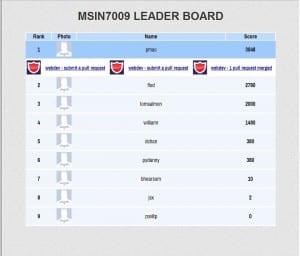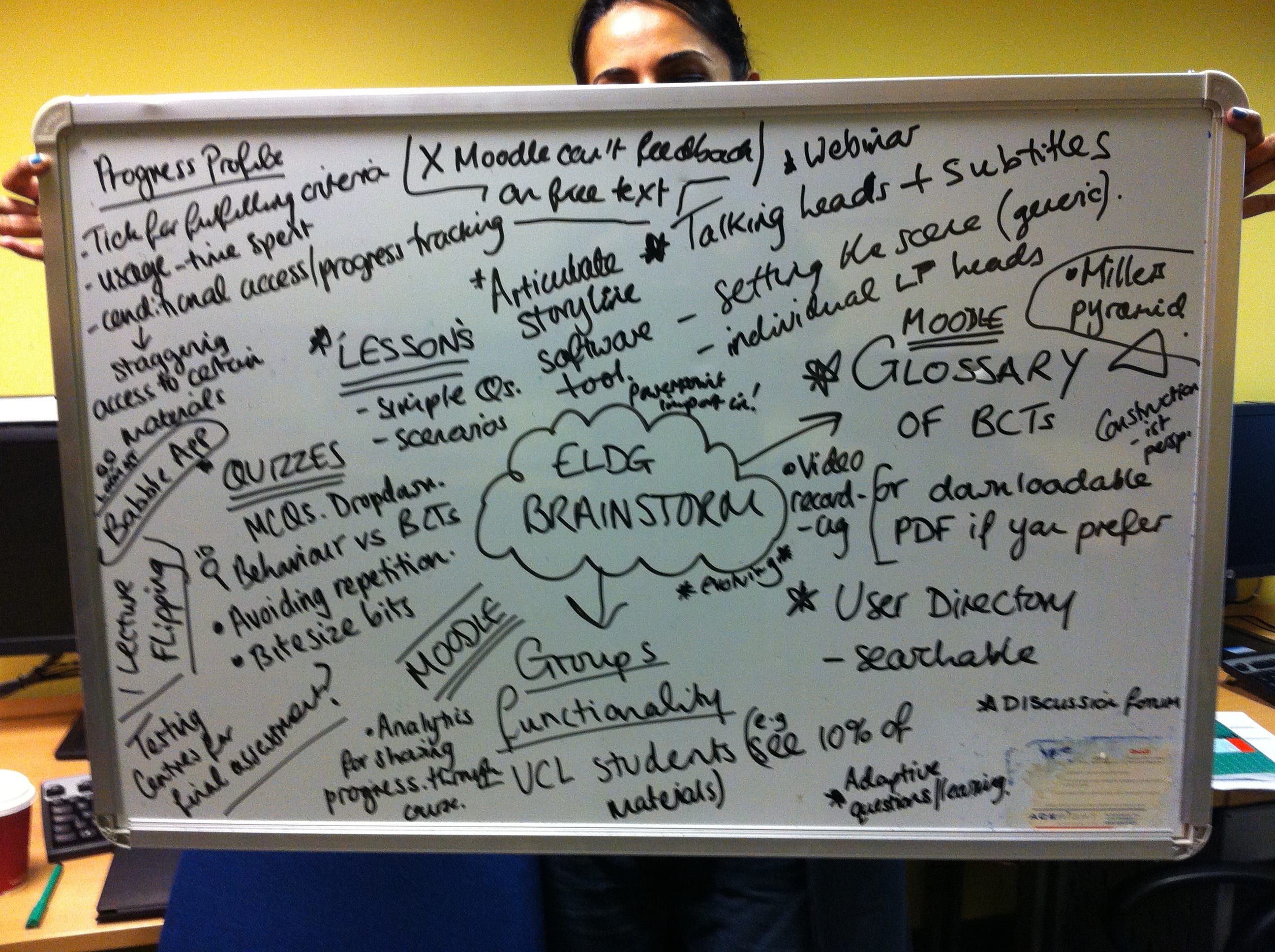Student-produced e-learning videos – which tools should we use?
By Vicki Dale, on 19 August 2013
Domi Sinclair and I have met twice with Dr Adrien Desjardins, of the Department of Medical Physics and Bioengineering, to discuss options for a project funded under the E-Learning Developments Grant (ELDG) initiative. Adrien – who is also the recent recipient of a Provost’s Teaching Award – successfully bid for an ELDG for the second year in a row, for his project ‘Development of an iterative framework for e-learning video creation’. This involves students creating instructional videos in small groups, and then peer-reviewing other students’ videos, with a view to critiquing them intellectually, pedagogically and technically. The students then revise their own presentations in response to peer feedback, and then a postgraduate student appointed as an e-learning coordinator refines the presentations for subsequent upload to YouTube. An example of Adrien’s former students’ videos can be viewed on the UCL Medical Physics YouTube channel.
Previously, the students used PowerPoint to design their presentations, and then would use the Camtasia screen capture system to record a voice-over track to add value to the presentation and convert it to video format. However, this creates a very static resource which is difficult to subsequently edit, should the e-learning coordinator wish to make revisions. This year, Adrien has been exploring alternative options such as Prezi and PowToon. Prezi is free for educators and offers the advantage of a more creative, non-linear presentation. It also allows presenters to record or import an individual audio track for each frame; however, although presentations can be made available online, they cannot be exported to video formats. PowToon is another commercial, creative presentation tool which facilitates some impressive animations including its hallmark ‘handwriting’ animation, where the presenter writes some text and when the frame is played, a hand appears to write the text in real time (see Domi’s example PowToon). A limited version of PowToon is free but its features are limited. These can be unlocked for a modest annual subscription for educators. However, although PowToon files can be exported to video formats, it currently only permits one audio track per presentation.
Our experiences of exploring potential tools raise some important issues for educators (and their students) wishing to create online learning resources. While third-party software can be very appealing in terms of the opportunities for increased functionality, flexibility and creativity, there is the risk of relying on an external system where the data is stored ‘in the cloud’ and where the future existence of the tool is not guaranteed. Some tools like Prezi are increasingly becoming embedded in higher education and are therefore less risky; however, there is a danger that other tools which are new are being produced by small, independent companies who have yet to establish a foothold. At the same time, there is the need to equip students with digital literacies , which means knowing how to use emerging tools in addition to standard office applications. Other considerations include how ‘high stakes’ the materials are (for example, if they contribute to summative assessment) as well as how important it is that materials can be edited and re-purposed in the future. We have not made a decision yet; whether we go for PowerPoint, Prezi, PowToon or another presentation tool, we need to ensure that student learning is not compromised but enhanced.
 Close
Close








